Agricultural practices have come a long way since the early days of rudimentary tools and manual labor. Today, farmers have access to sophisticated machinery that assists in streamlining various farming tasks, one of which is the harrow tool. In this article, we delve into the significance of the harrow tool in modern agriculture and explore its uses and benefits. Understanding the Harrow Tool: The harrow tool is a fundamental implement used in agriculture to prepare the soil for planting, manage weeds, break up clods, and ensure optimal seed-to-soil contact. It consists of a set of heavy, sturdy teeth or discs, which are dragged over the soil surface using a tractor or similar power source.
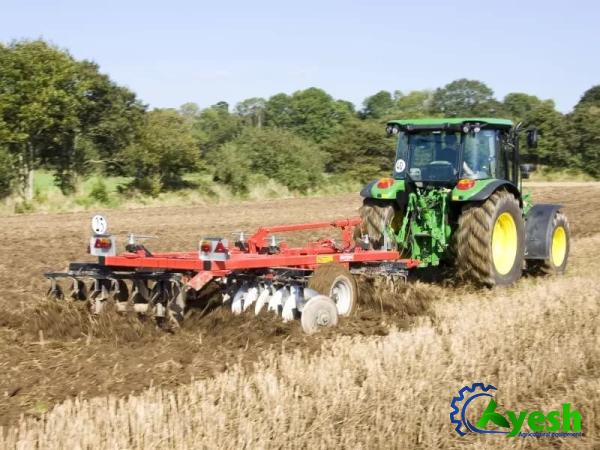
.
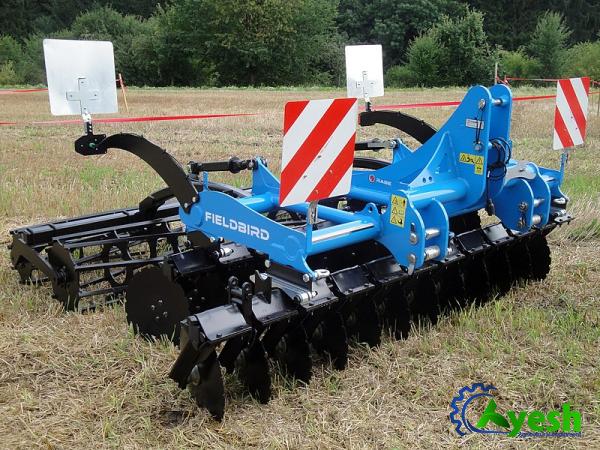 The harrow tool comes in various designs, including the disc harrow, tine harrow, and chain harrow, each serving a distinct purpose. Uses and Benefits of the Harrow in Modern Agriculture: 1. Seedbed Preparation: A well-prepared seedbed is crucial for successful crop production. The harrow tool helps break up large soil clumps, creating a finer, more even seedbed for planting. By pulverizing the topsoil, it allows seeds to make direct contact with the soil, ensuring optimal germination rates. 2. Weed Control: Weeds compete with crops for soil nutrients, water, and sunlight, leading to reduced yields. Harrowing disrupts weed growth by uprooting young weeds or burying them in the soil, limiting their chances of survival. Regular harrowing can significantly reduce weed populations and decrease the reliance on herbicides.
The harrow tool comes in various designs, including the disc harrow, tine harrow, and chain harrow, each serving a distinct purpose. Uses and Benefits of the Harrow in Modern Agriculture: 1. Seedbed Preparation: A well-prepared seedbed is crucial for successful crop production. The harrow tool helps break up large soil clumps, creating a finer, more even seedbed for planting. By pulverizing the topsoil, it allows seeds to make direct contact with the soil, ensuring optimal germination rates. 2. Weed Control: Weeds compete with crops for soil nutrients, water, and sunlight, leading to reduced yields. Harrowing disrupts weed growth by uprooting young weeds or burying them in the soil, limiting their chances of survival. Regular harrowing can significantly reduce weed populations and decrease the reliance on herbicides.
..
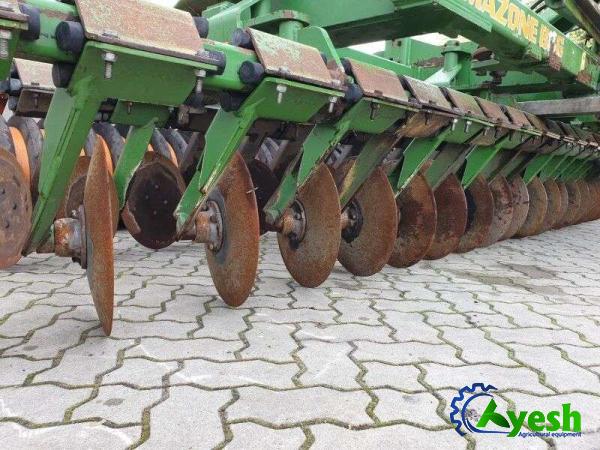 3. Residue Management: After harvesting a crop, there is often crop residue left on the field. The harrow tool helps incorporate the residue into the soil, aiding in decomposition and returning valuable organic matter back into the ecosystem. Additionally, by evenly distributing the crop residue, the harrow tool prevents the accumulation of debris, which could impede planting or subsequent farm operations. 4. Soil Aeration: Continuous cultivation and heavy equipment can lead to soil compaction, impairing root growth and reducing crop productivity. The harrowing process breaks up compacted soil, facilitating better air and water circulation, enhancing nutrient absorption, and promoting healthier root systems.
3. Residue Management: After harvesting a crop, there is often crop residue left on the field. The harrow tool helps incorporate the residue into the soil, aiding in decomposition and returning valuable organic matter back into the ecosystem. Additionally, by evenly distributing the crop residue, the harrow tool prevents the accumulation of debris, which could impede planting or subsequent farm operations. 4. Soil Aeration: Continuous cultivation and heavy equipment can lead to soil compaction, impairing root growth and reducing crop productivity. The harrowing process breaks up compacted soil, facilitating better air and water circulation, enhancing nutrient absorption, and promoting healthier root systems.
…
 5. Pest Control: Many pests, such as insects and larvae, overwinter or hibernate in the soil or crop debris. Harrowing disrupts their habitat, exposing them to predation or unfavorable environmental conditions, thus reducing their population and subsequent crop damage. Conclusion: The harrow tool remains an indispensable asset in modern agriculture, aiding farmers in achieving efficient farm operations, improving soil health, and ultimately increasing yields. Its versatile nature, coupled with the ability to address multiple farming challenges, has solidified its presence on farms across the globe. As the agricultural industry continues to evolve, the harrow tool will undoubtedly remain a key component in the pursuit of sustainable and productive farming practices.
5. Pest Control: Many pests, such as insects and larvae, overwinter or hibernate in the soil or crop debris. Harrowing disrupts their habitat, exposing them to predation or unfavorable environmental conditions, thus reducing their population and subsequent crop damage. Conclusion: The harrow tool remains an indispensable asset in modern agriculture, aiding farmers in achieving efficient farm operations, improving soil health, and ultimately increasing yields. Its versatile nature, coupled with the ability to address multiple farming challenges, has solidified its presence on farms across the globe. As the agricultural industry continues to evolve, the harrow tool will undoubtedly remain a key component in the pursuit of sustainable and productive farming practices.
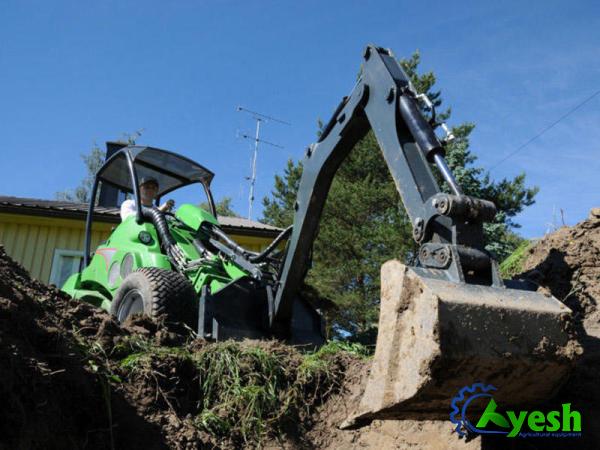
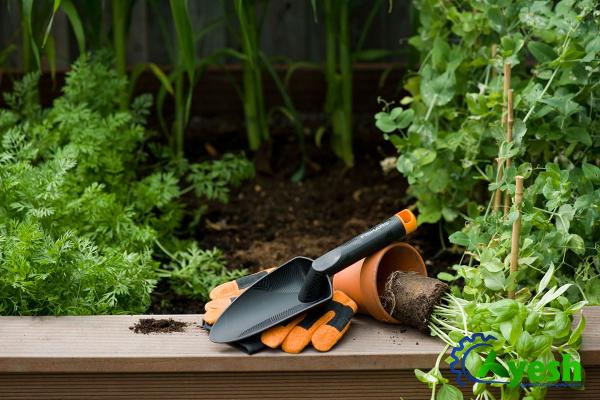
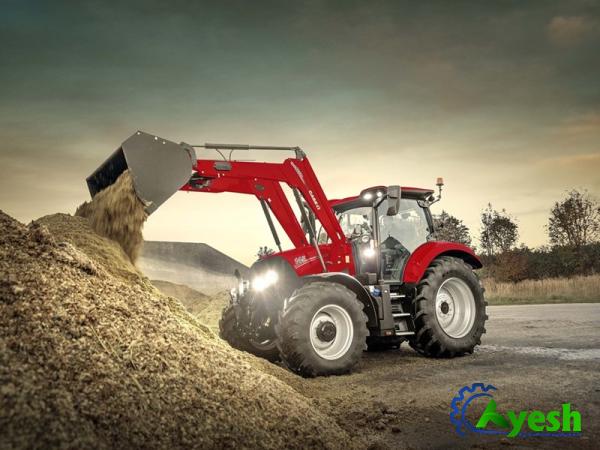

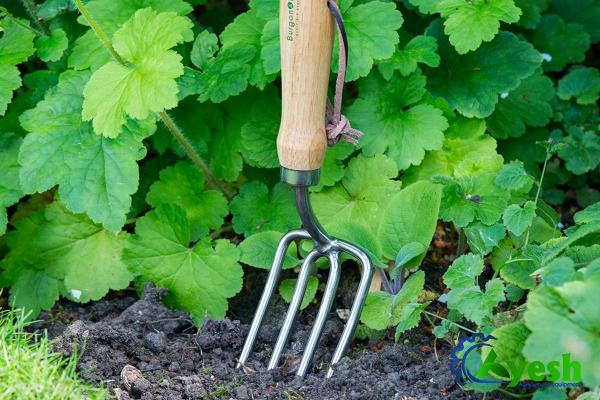

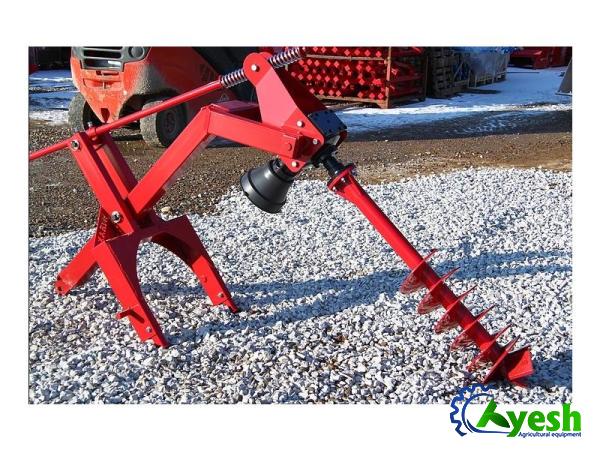



Your comment submitted.